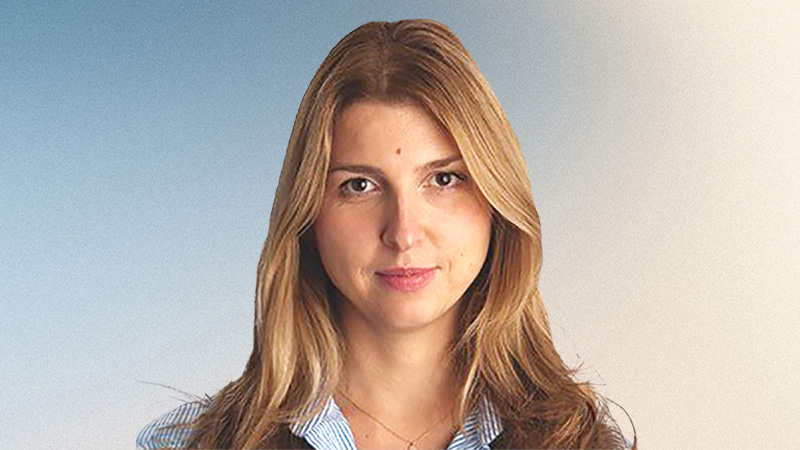The Federal Reserve raised interest rates in the United States last night by 0.25% to a range of 5% – 5.25%, despite trouble in the banking sector and recession fears.
Rates are now at the highest level in 16 years. The move was well-telegraphed as usual, with markets confidently pricing it in ahead of time. Chair Jerome Powell indicated that the much anticipated ‘pause’ is now on the table, but stopped well short of making any definitive statement, or opening the door to rate cuts.
As was the case at the March meeting, Powell and his FOMC colleagues are acutely aware they are treading a tightrope between ensuring inflation is reined in and squeezing liquidity too much, resulting in a cascade of bank failures and deep recession.
Powell’s apparent continued hawkishness has become unconvincing however, with many experts now believing a pause in rate rises is near certain, and cuts in the second half of the year are likely.
Other American banks, including First Republic, have followed failed lender SVB into troubled waters since the last meeting, while the jobs market is softening as more companies make redundencies.
Salman Ahmed, global head of macro & strategic asset allocation at Fidelity International, said: “Chair Powell was balanced in his communication and also indicated that financial stability remains intact, and conditions have improved since March. As we have been noting, we are now passing through the peak of the tightening cycle and the transmission channel is likely to be dominated by the extent of credit tightening in the pipeline.
“Given the current persistence of inflation and the super tightness in the labour market, a higher for longer signal is likely to come through. However, whether the Fed can deliver that will depend on the economic picture and here we think that a cyclical recession remains the high likelihood scenario.”
Ronald Temple, chief market strategist at Lazard commented: “No surprises here. The FOMC struck an appropriate balance between taming inflation while avoiding exacerbating stress in the banking system. Assuming banking issues subside, additional rate hikes may be needed, but it’s time for a pause to allow the full effects of tightening to work its way through the economy.”
“Notably, the Fed softened its language on the potential for future rate hikes, by omitting a line from their previous statement which said the committee anticipates that some additional policy firming may be appropriate,” added Greg Wilensky, head of US fixed income at Janus Henderson.
“While some market participants welcomed this softer language as a signal that the Fed could pause here, we think other participants may have been looking for slightly more dovish language, and that they may have been disappointed that the Fed Chair didn’t definitively shut the door on the potential for future hikes. Nonetheless, we think the most likely outcome following this meeting is that the Fed pauses here.”
“The Fed stated that, based on its view of inflation and the labour market, rate cuts are not in the picture, and that it expects to keep rates at current levels through the end of 2023,” Wilensky continued. “The market continues to adopt a more bullish stance on rates, with Fed funds futures currently pricing in 70 basis points of cuts before the end of the year.”










